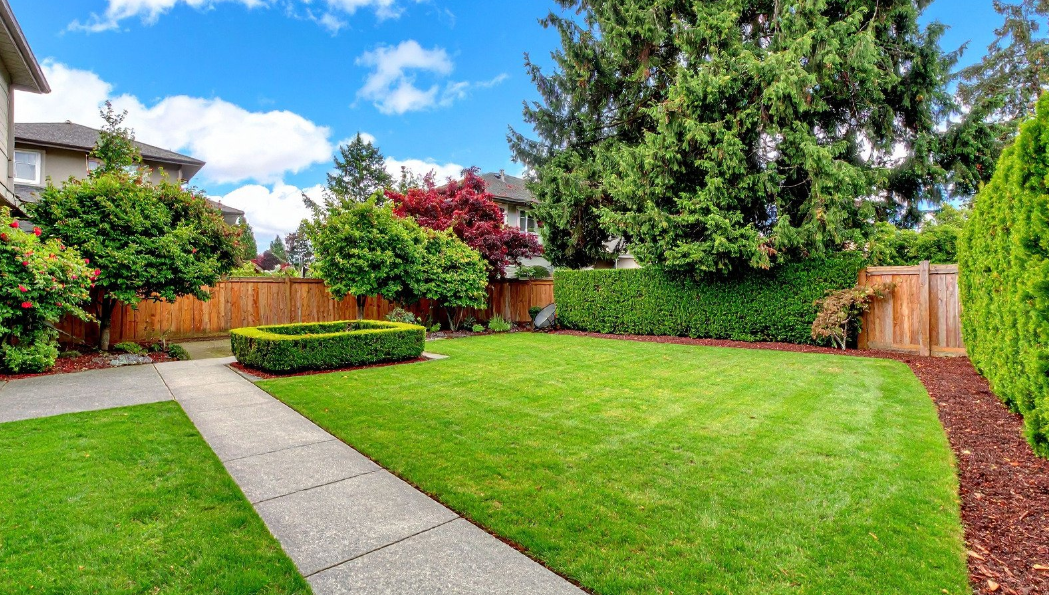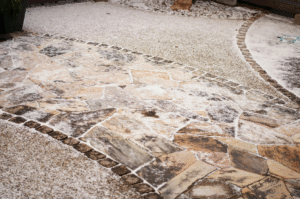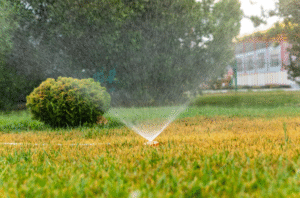A well-planned backyard can turn any outdoor space into a comfortable, functional extension of your home. Whether you are working with a small yard or a wide-open property, thoughtful landscape planning helps you make the most of your space. This guide covers practical steps and common mistakes to avoid when creating your residential landscape design, from assessing your yard to choosing the right plants and materials that fit Utah’s dry climate.
Assess Your Space and Set Goals
Start by taking a clear look at what you already have. Measure your yard and note features such as sunlight, shade, slope, and soil type. Check how water drains after rain and where wind exposure might affect plants or seating areas. Understanding these conditions helps you avoid problems like overwatering, erosion, or poor plant health later on. Once you know your yard’s strengths and limits, define your goals. Do you want a space for entertaining, relaxing, or gardening? Setting clear priorities early keeps your backyard landscaping ideas focused and practical.
Choose a Layout That Fits Your Lifestyle
Your layout should match how you plan to use your outdoor area. For example, patios near the house make outdoor dining easier, while a quiet seating nook works better in a shaded corner. Divide the yard into functional zones such as gathering areas, pathways, and plant beds. Even in small yard landscaping, clear boundaries make the space feel larger and more organized. Avoid cluttering every corner; leave open areas to keep movement natural.
Balance Hardscape and Softscape Elements
A successful landscape design balances the solid elements, like stone and concrete, with living ones, such as trees, shrubs, and flowers. Hardscapes form the structure of your design, while plants add warmth and visual contrast. When planning hardscapes, consider materials that handle Utah’s temperature changes without cracking or fading. For softscapes, use native or drought-tolerant plants that need minimal watering. Grouping plants by their water and sunlight needs, known as hydrozoning, makes maintenance simpler and more efficient.
Select the Right Plants for Your Climate
Choose plants that thrive in Utah’s dry conditions and match your yard’s sun exposure. Mix different heights and textures for a natural look, and use evergreens or ornamental grasses for year-round color. If your space is small, prioritize plants that stay compact or grow vertically to save room. Avoid overcrowding, which can lead to competition for nutrients and water. A clear planting plan not only supports healthy growth but also keeps your yard easy to manage over time.
Plan Lighting and Irrigation Early
Lighting and irrigation often get overlooked until the end, but they should be part of your early landscape planning guide. Add lighting to pathways, patios, and entry points for safety and nighttime ambiance. Solar or LED fixtures are great energy-saving options. For watering, install drip irrigation systems or smart controllers that adjust to weather changes. This reduces waste and keeps plants healthy through Utah’s hot summers.
Add Focal Points and Finishing Touches
Every landscape design benefits from one or two eye-catching features. A focal point could be a water feature, a mature tree, or a group of decorative planters. These anchor the design and make your backyard feel intentional rather than random. For finishing touches, add outdoor furniture, art, or natural stone elements that fit your theme. Avoid mixing too many styles or colors, which can make the space look busy instead of cohesive.
Avoid Common Landscaping Mistakes
Even simple plans can fail without attention to detail. Some of the most common mistakes include:
- Ignoring drainage patterns and planting in areas prone to pooling water.
- Choosing plants that require too much maintenance for your schedule.
- Forgetting to account for plant growth and spacing.
- Overloading the design with too many materials or focal points.
- Skipping soil preparation before planting.
By planning carefully and taking time to think through each choice, you’ll save money and frustration later on.
Set a Realistic Budget and Timeline
Before any work begins, create a clear budget that includes design, materials, and labor. Plan to build your backyard in stages if necessary. Start with structural work like grading, retaining walls, or patios, then move to planting and decoration. Phasing your project keeps costs manageable while ensuring every part of your residential landscape design is done right.
Work With a Professional Designer
While do-it-yourself planning works for small projects, larger designs often benefit from expert input. A professional designer can help you avoid layout issues, suggest the right materials, and plan for long-term maintenance. Aridscape Utah specializes in creating water-conscious residential designs that match both your vision and the Utah environment.
Ready to bring your outdoor vision to life?
Contact Aridscape Utah to start your backyard landscaping project today. Their experienced team can guide you through every step, from planning to construction, creating a custom design that fits your space, lifestyle, and budget.



